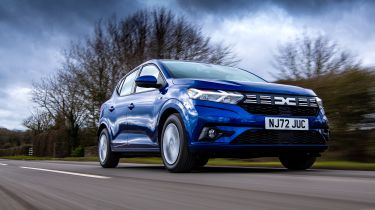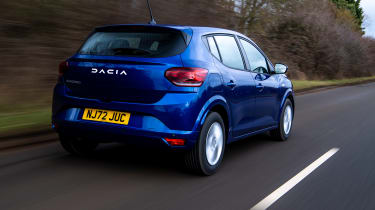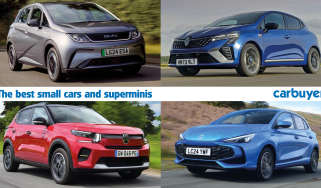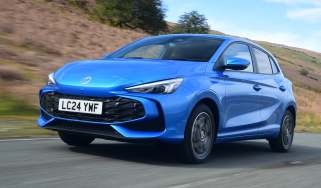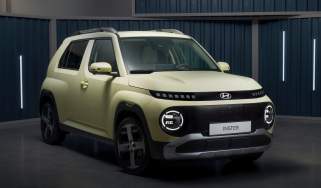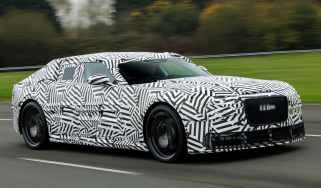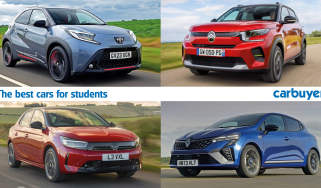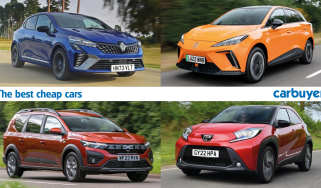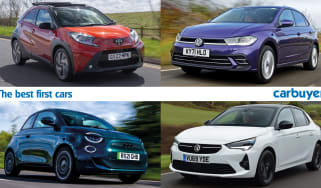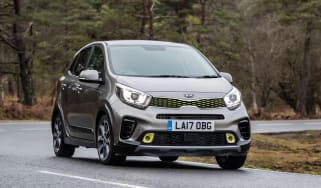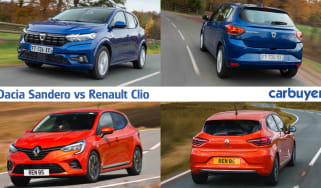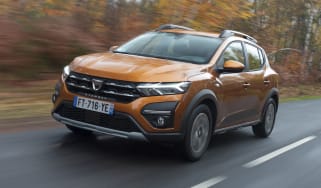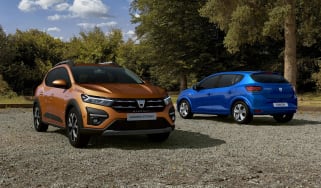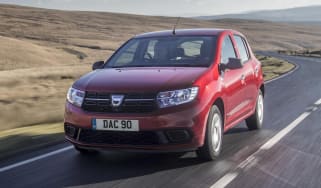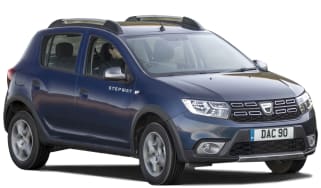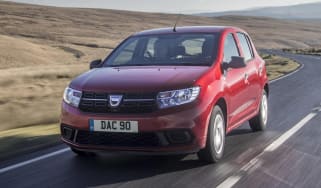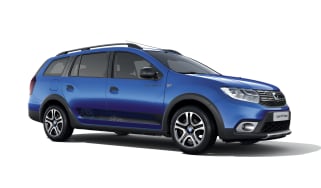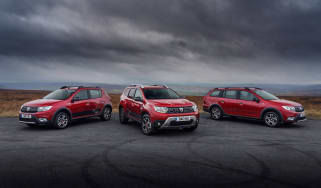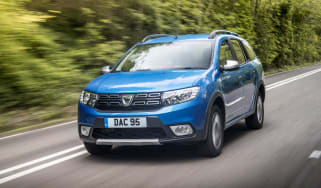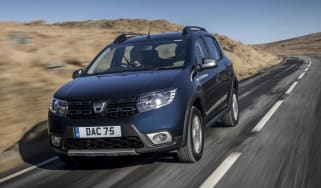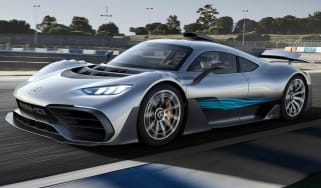Dacia Sandero hatchback review
"The Dacia Sandero is a practical and clever supermini that may beg the question, why spend more?"
Pros
- Fantastic value
- Practical
- Right amount of kit
Cons
- Essential trim is quite basic
- Questionable reliability
- Road noise
Verdict – Is the Dacia Sandero a good car?
The Dacia Sandero’s price may have crept up since it launched, but it’s still one of the best bargains on the new car market. It’s larger than most rivals, with five doors as standard – plus impressive legroom and a decent boot – making it viable as a small family car. It also keeps running costs to a minimum thanks to its thrifty fuel economy and low servicing costs. Perhaps surprisingly at this price point, its in-car tech is also sound. Just be aware that Essential models are fairly basic.
Dacia Sandero models, specs and alternatives
The Dacia Sandero made its name by being Britain's cheapest new car, which was stubbornly basic in the pursuit of value. It did this without sacrificing space, thanks to its supermini size, five doors and decent-sized boot. The latest version promises more of the same, and gets some big upgrades, but it no longer has such a big price advantage over models like the Citroen C3, Kia Picanto and Hyundai i10 – even if it is closer in size to some models in the segment above.
This is partly because it sits on the same building blocks as the latest Renault Clio, one of our favourite superminis at any price. As a result, the latest Sandero is far more modern than its predecessor inside and out, with up-to-date technology and safety kit, although there are some compromises compared with the Renault, which we’ll get into later. The Sandero also has a more modern and stylish design than before, aided by a wider stance and new LED headlights with Y-shaped daytime running lights. Even the bonnet has a more intricate design, and overall the Sandero looks simple but appealing.
 The best small cars and superminis in 2024
The best small cars and superminis in 2024
There's been a similar rethink inside, where the design is very straightforward and effective. Simpler versions have a smartphone holder instead of an infotainment screen, which is a neat solution that places a USB port near the top of the dashboard to avoid dangling wires. The now-discontinued Access trim was rather basic, with no radio or air-conditioning, but the current entry-level Essential trim is better.
More reviews
The trim lineup has changed multiple times, but at the time of writing, the Sandero is offered in a choice of three trims: Essential, Expression and Journey. It gets a basic DAB radio, Bluetooth, and manual air conditioning, while Expression costs just £1,000 more and gets you niceties such as an eight-inch infotainment screen, keyless entry, parking sensors and automatic lights and wipers. The range-topping Journey model adds more kit, including automatic air conditioning, front and rear USB-C ports and 16-inch wheels.
Although the larger Jogger MPV recently got a hybrid version, the Sandero is only available with a choice of two basic combustion engines, both of which are attached to a five-speed manual gearbox. There’s the petrol TCe 90 that produces 89bhp, or the TCe 100 bi-fuel, which can run on petrol or cheaper LPG fuel and has 99bhp. The automatic gearbox briefly disappeared from the lineup in 2023, but it has since made a return as a £1,500 option in the Sandero Journey TCe 90.
On the move, the 89bhp Sandero is plenty good enough for most drivers, although currently the Bi-Fuel model costs the same price, so it’s worth your consideration if you want the option of an extra 10bhp and the possibility of running on cheaper liquid petroleum gas fuel.
Both versions have light steering and a nifty gear change, while the car is lighter and stiffer than the previous model, with a fairly soft ride that soaks up bumps nicely. The new Sandero is also slightly wider than before, which helps to improve handling, although a fair amount of body lean in sharper corners means it remains less sporty than a Ford Fiesta or even a Volkswagen Polo.
Another positive side-effect of the updated Dacia is access to the latest safety equipment, so the Sandero now gets autonomous emergency braking (AEB) for the first time, along with six airbags. Despite this, however, when the Sandero Stepway variant was tested by Euro NCAP in 2021, it still scored a low two-star rating (out of five). Dacia has added more safety tech to the Sandero since then, such as lane-keeping assistance and lane departure warning.

